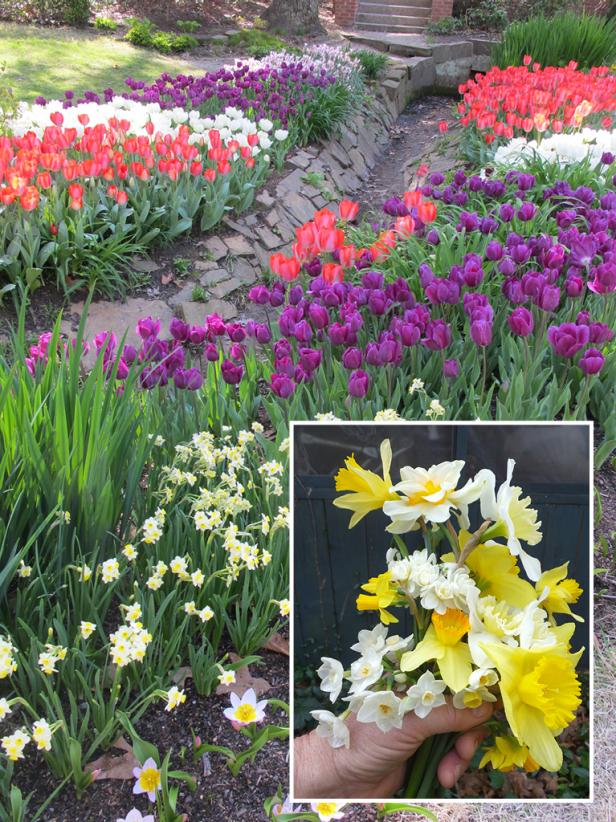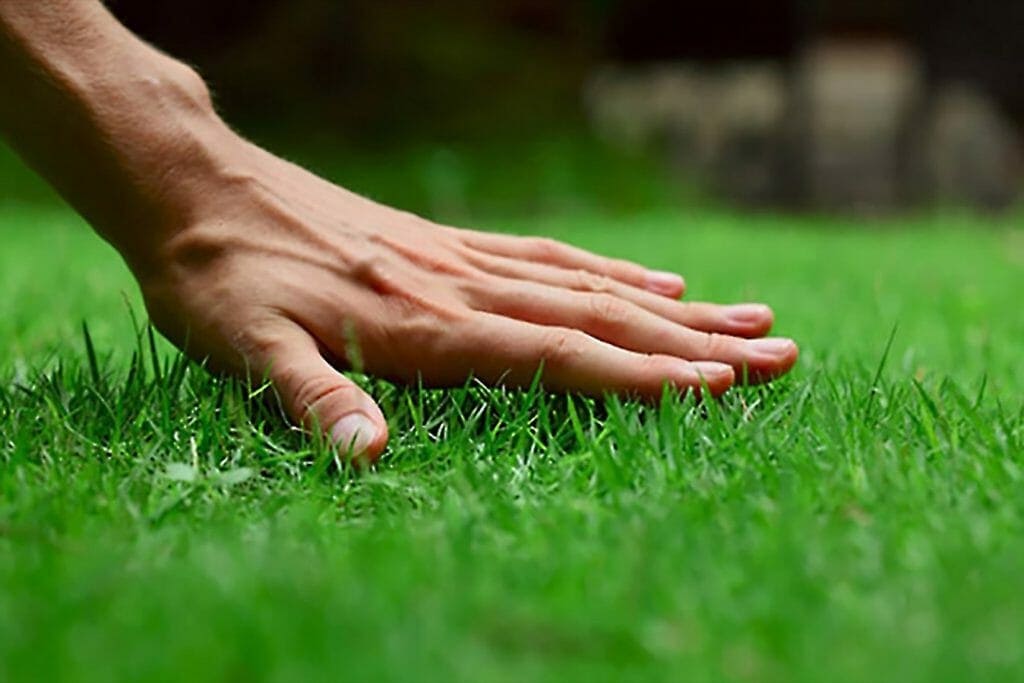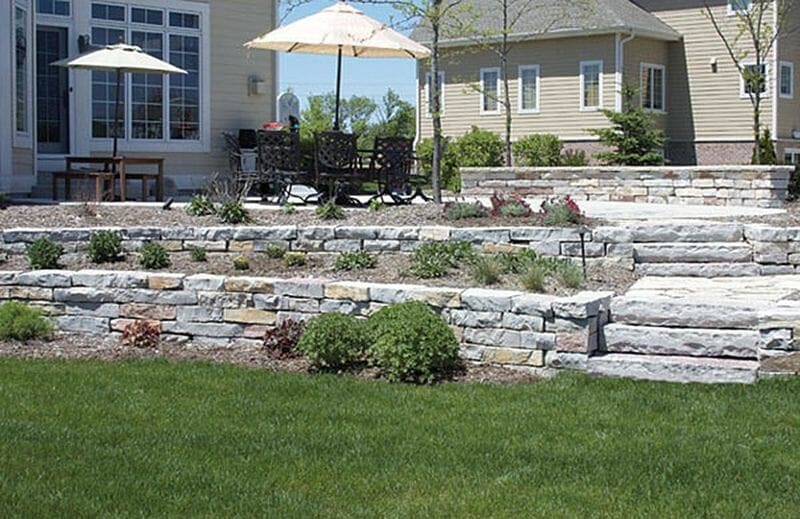Written by Felder Rushing and published on https://www.hgtv.com/.
Who doesn’t love spring? For New Englanders, the icy cold dullness of winter is on the way out, the sun is getting brighter and warmer, and nature’s renewal is in the air. But wait just a minute…there’s just one problem. That early seasonal transition from winter to the vibrant spring growing season is just plain, gray-brown dull.
From the end of March to as late as early May, nature’s busy generating new growth, it’s just not very colorful, and that makes for dull gardens. It’s enough to drive many gardeners to the brink of despair, desperate for more colorful signs of life. Fortunately, there’s a secret weapon to combat all this dullness: bulbs.
Bulbs are perhaps one of the most valuable and productive friends an ornamental gardener can have. Cared for properly, they seem to automatically provide life and color in a bleak landscape after a hard winter. They are springtime incarnate, bringing joy with every vibrant flower!
When you add bulbs, you are using plants that are ephemeral. That means they’re plants that are transitory, with a short life cycle, and they’re going to show off during their favorable period and fade away when it’s not so favorable. Bulbs are an astonishingly large category of flowers, so it’s important to know what you have so you’ll know how to care for it. Two of the most popular bulbs are tulips and narcissi (daffodils are a type of narcissi), but there are many others, such as hyacinths, camassia, scilla, crocus, lily, and fritillaria, to name a few.
Planting Spring Bulbs in Fall
Whether you want masses of spring color or collect a few heirloom bulbs to share, all are easily planted in the fall.

What you plant are compact packages of hope…what you get are plants that bloom their hearts out for you – literally!
Spring bulbs, including tulips, daffodils, grape hyacinths, and so many more – even garlic – are best set out in the fall, just as the weather and soil starts to cool. Within weeks they will have sprouted roots reaching deep into the soil, followed by spears of greenery that withstands even the coldest weather, then late winter and spring stems topped with nodding flowers.
But there are a few things you can do to make this easier and more productive, starting with choosing the right bulbs for your area. After all, many bulbs require cold temperatures to sprout and grow well, making some unsuitable for hot frost-free climates without some pre-chilling in the refrigerator crisper. Usually six or eight weeks is enough to satisfy their need for cold.
Note: In moderate climates where winters get cold for at least a few weeks, only tulips need pre-chilling; in fact, daffodils that are refrigerated before planting often flower on short, stunted stems. And be careful to label bulbs left in fridges where some people may mistake them for food!
Another precaution you may want to take is to protect your bulbs from voles, which are small rodents that eat bulbs. Horticulturists in many botanic gardens line their planting beds with half-inch “hardware cloth” which allows roots to grow but fences out the voles. You can substitute large plastic pots sunk into the ground if you wish (this works for hostas and other tender perennials, too).
Also, bulbs need a little help with nutrients. While any all-purpose fertilizer will work, a light dusting of specially-formulated bulb food can yield research-backed benefits. Keep in mind that one-shot bulbs like tulips really don’t need as much fertilizer as longer-lived bulbs that will grow and return for years.
Dig soil at least six or eight inches deep, loosening hard pans beneath, and mix a small amount of compost or other organic matter into hard clay or sandy soils. Add fertilizers at this time as well. If you aren’t going to plant the same day, cover the planting area with bark or other mulch to keep soil temperatures moderate in the winter and to protect against packing rain.
My great-grandmother shared some of her heirloom bulbs which I simply fertilize every fall, and divide as needed to keep them from getting crowded. In the late summer I dig them, let them dry a few days, then separate and replant what I don’t share with friends and family.
It is easy to create a wonderful potful of mixed bulbs by layering them – large bulbs deeper, smaller bulbs shallow. The general rule of thumb, plant twice as deep as the bulbs are in diameter, is not strict, but a good guideline.
Main thing is to mix and match good bulbs for your area, pre-chill tulips and any bulbs being planted in frost-free areas, then plant in well-drained, lightly fertilize soil… and enjoy the results!
Original post here https://www.hgtv.com/outdoors/flowers-and-plants/planting-spring-bulbs-in-fall.



